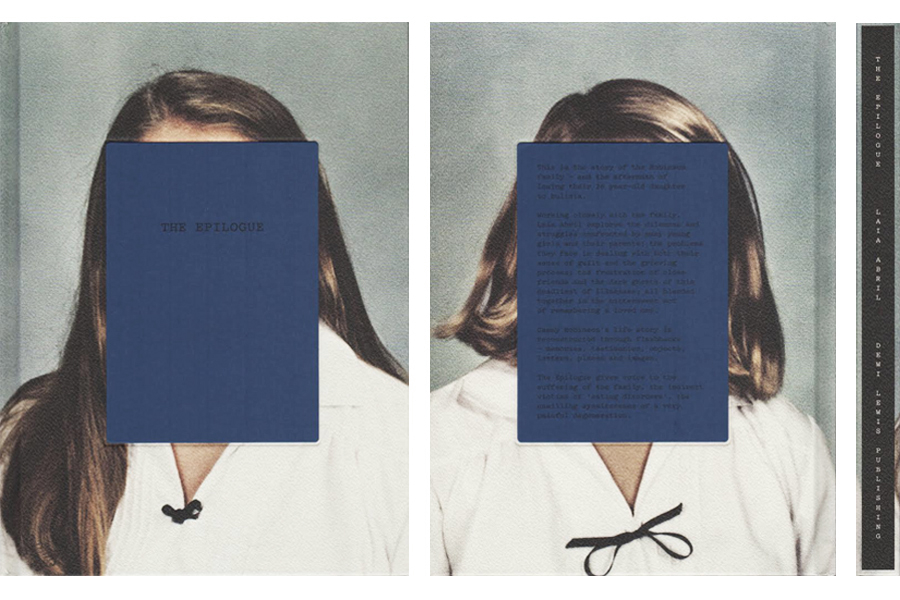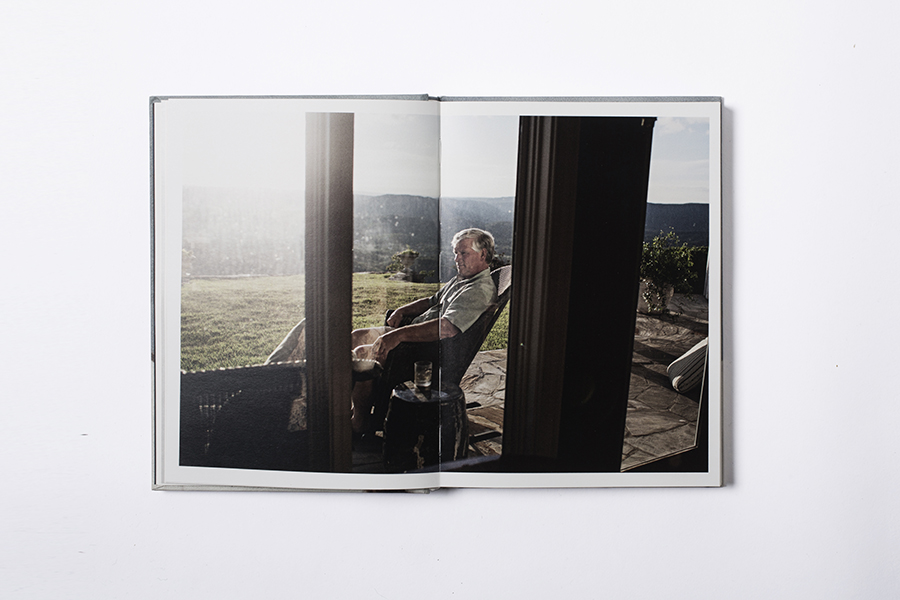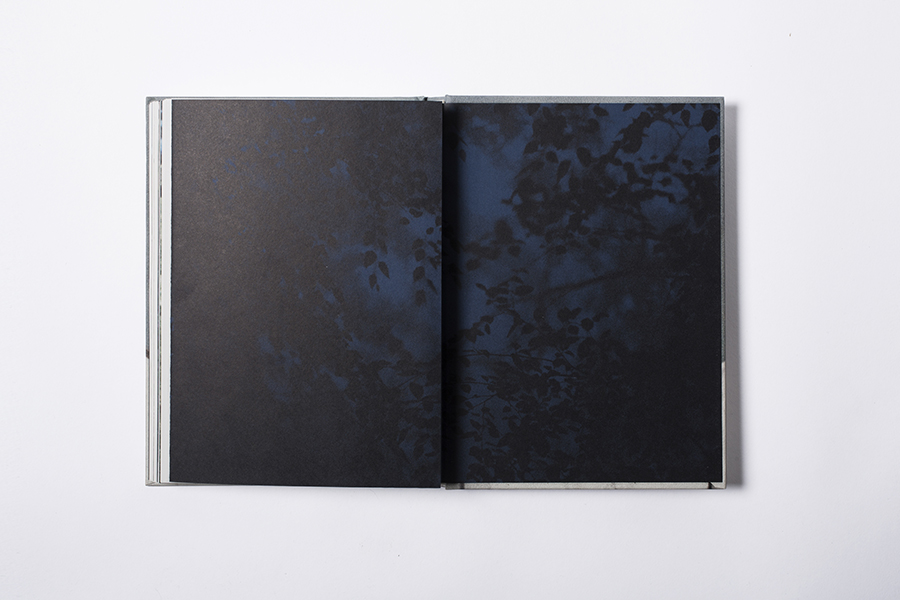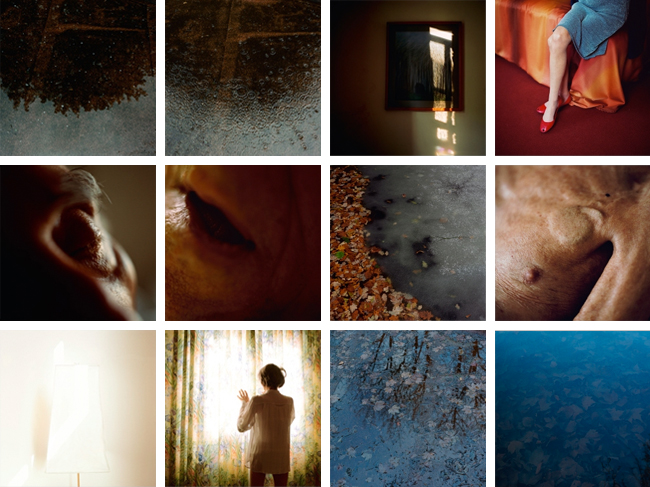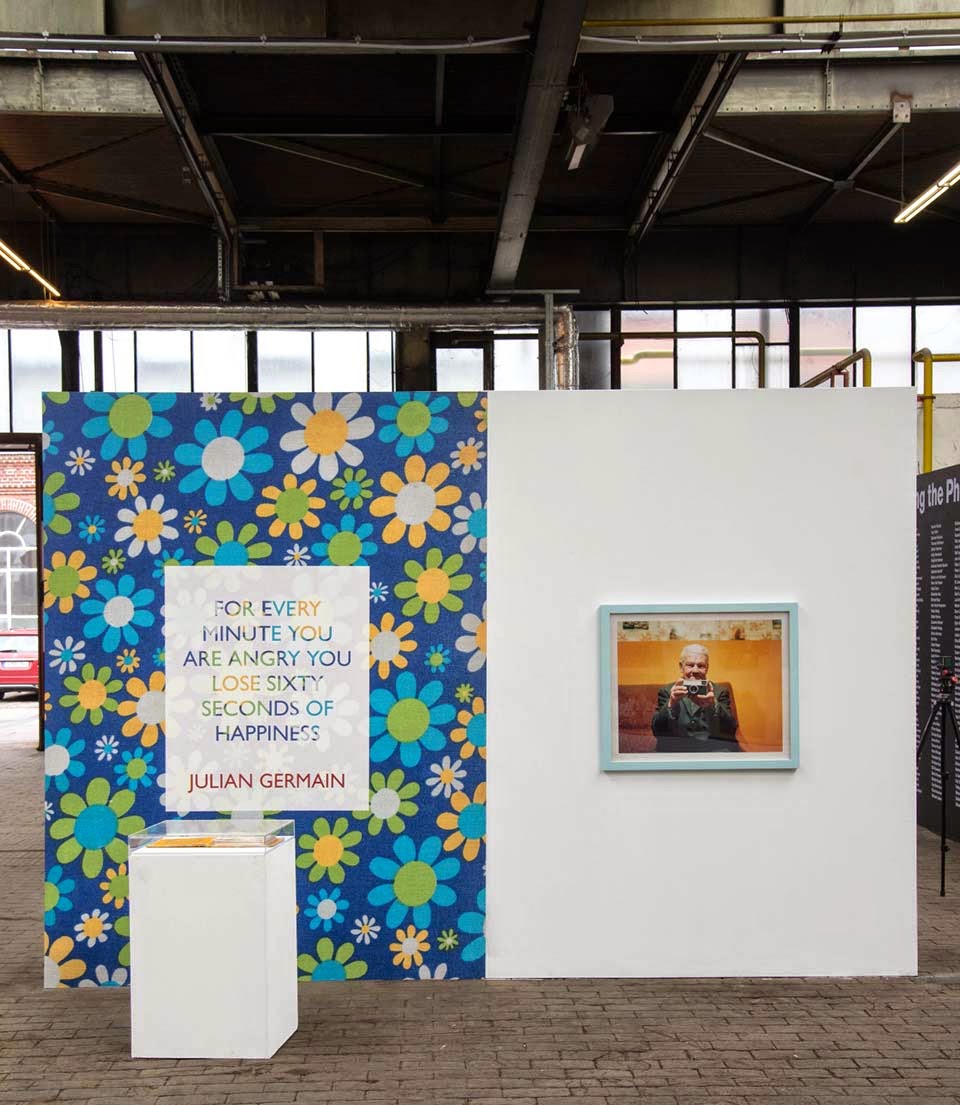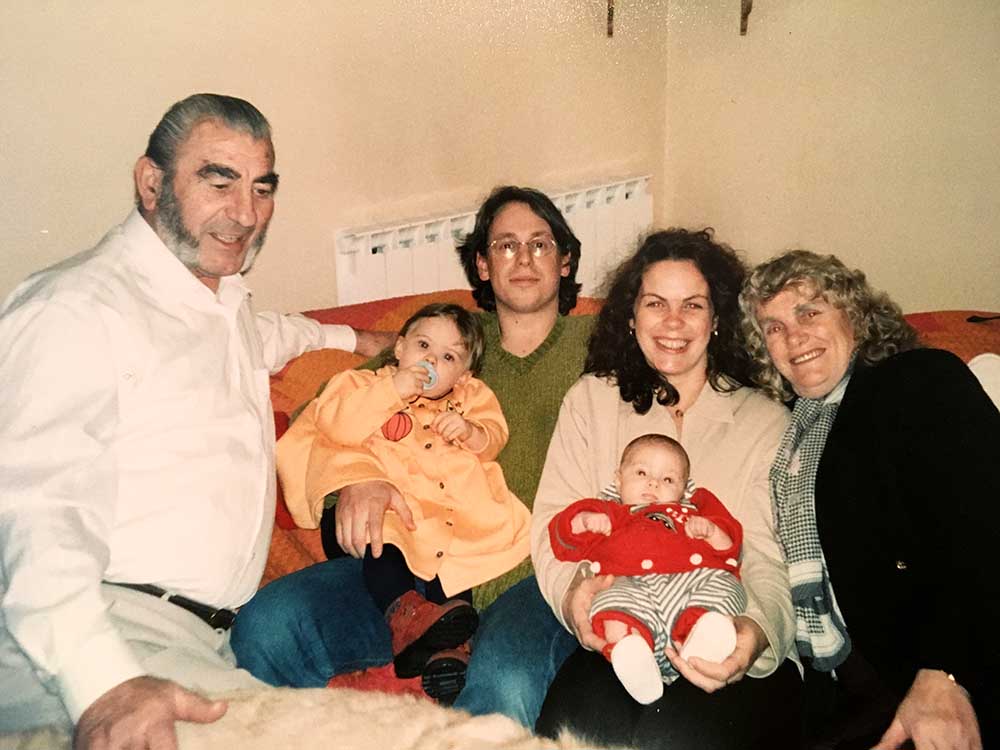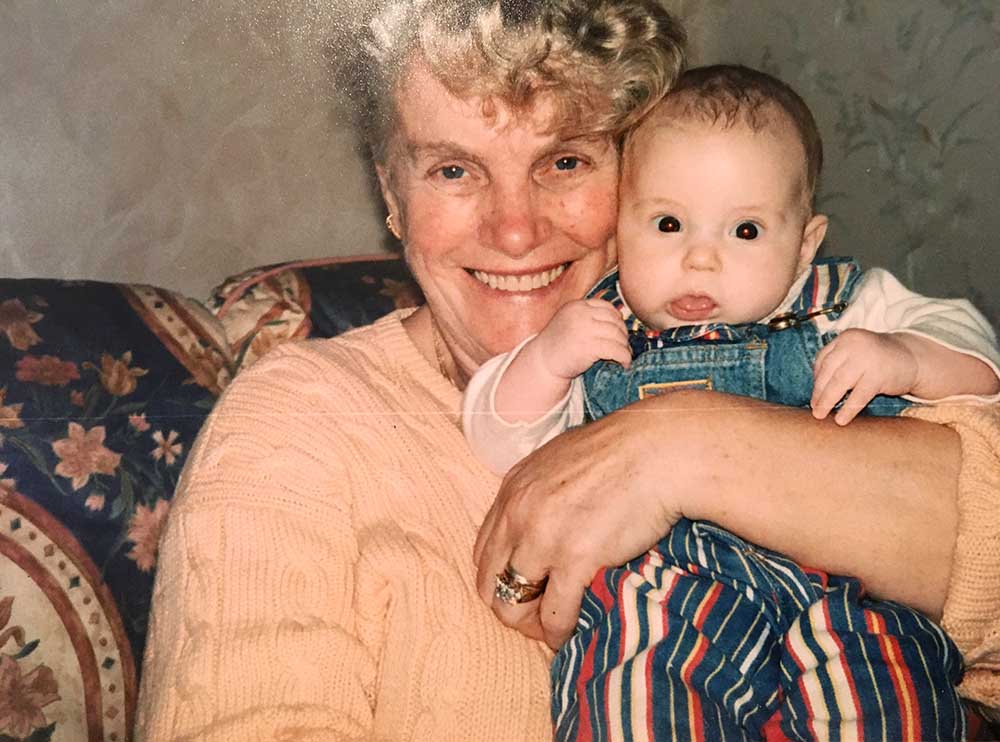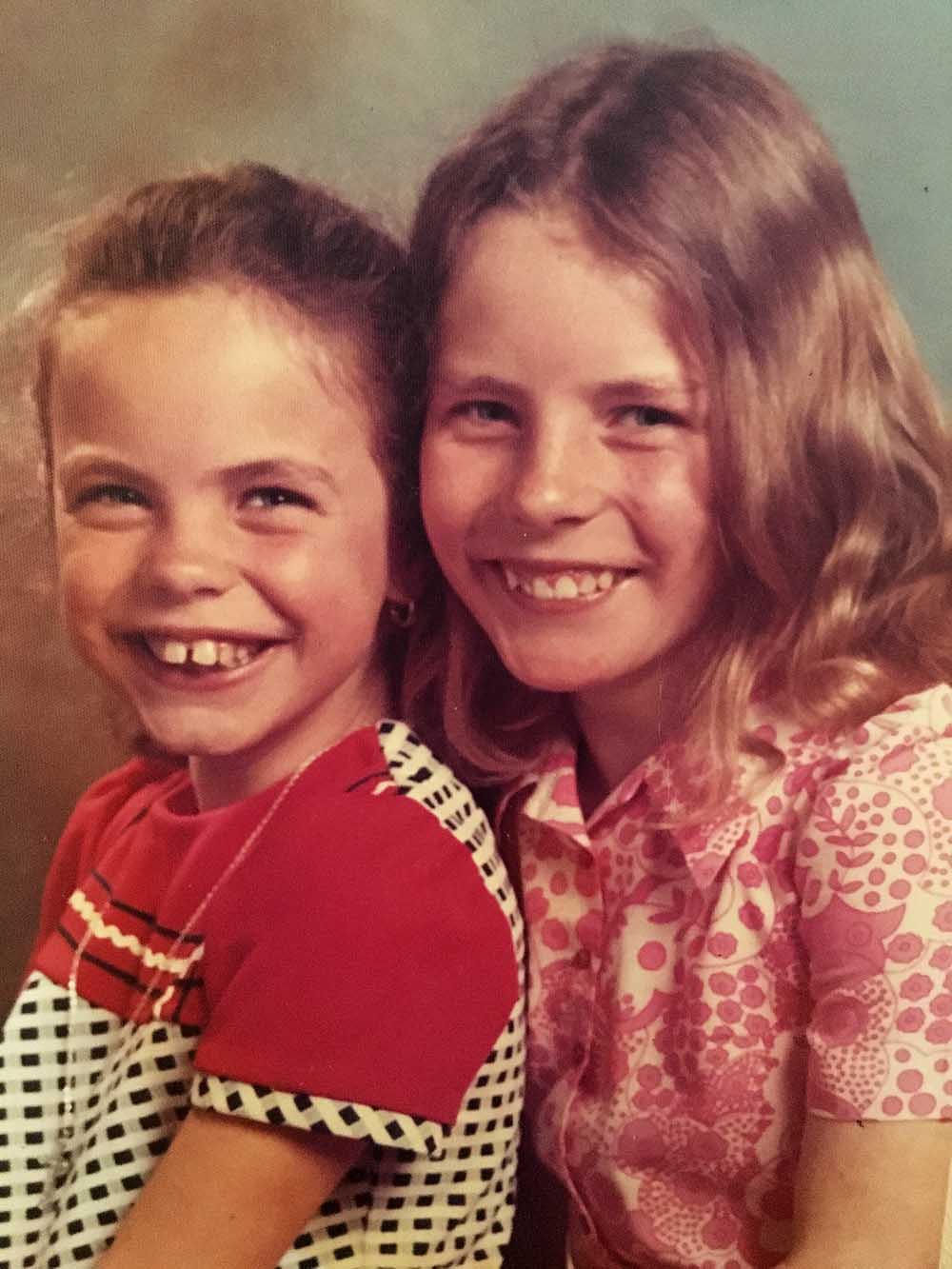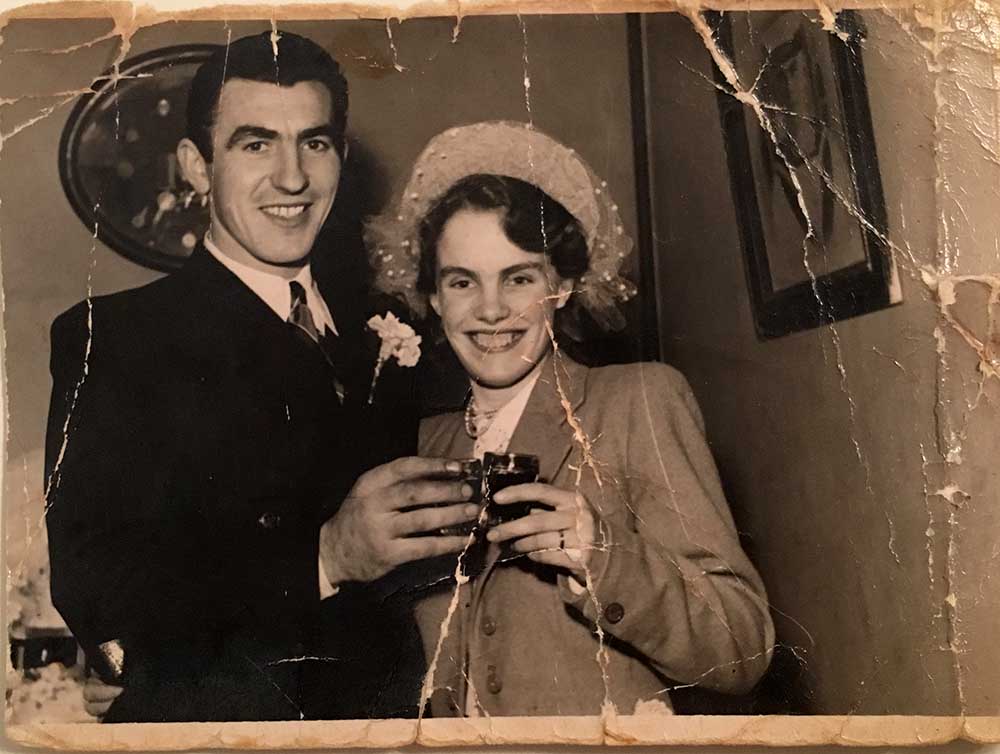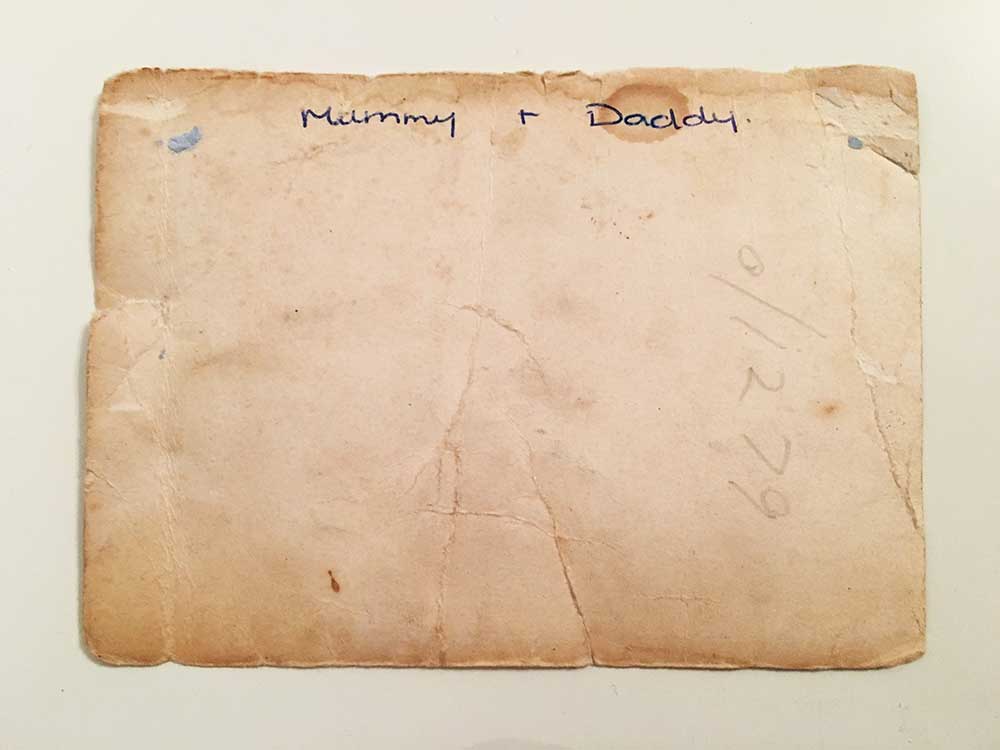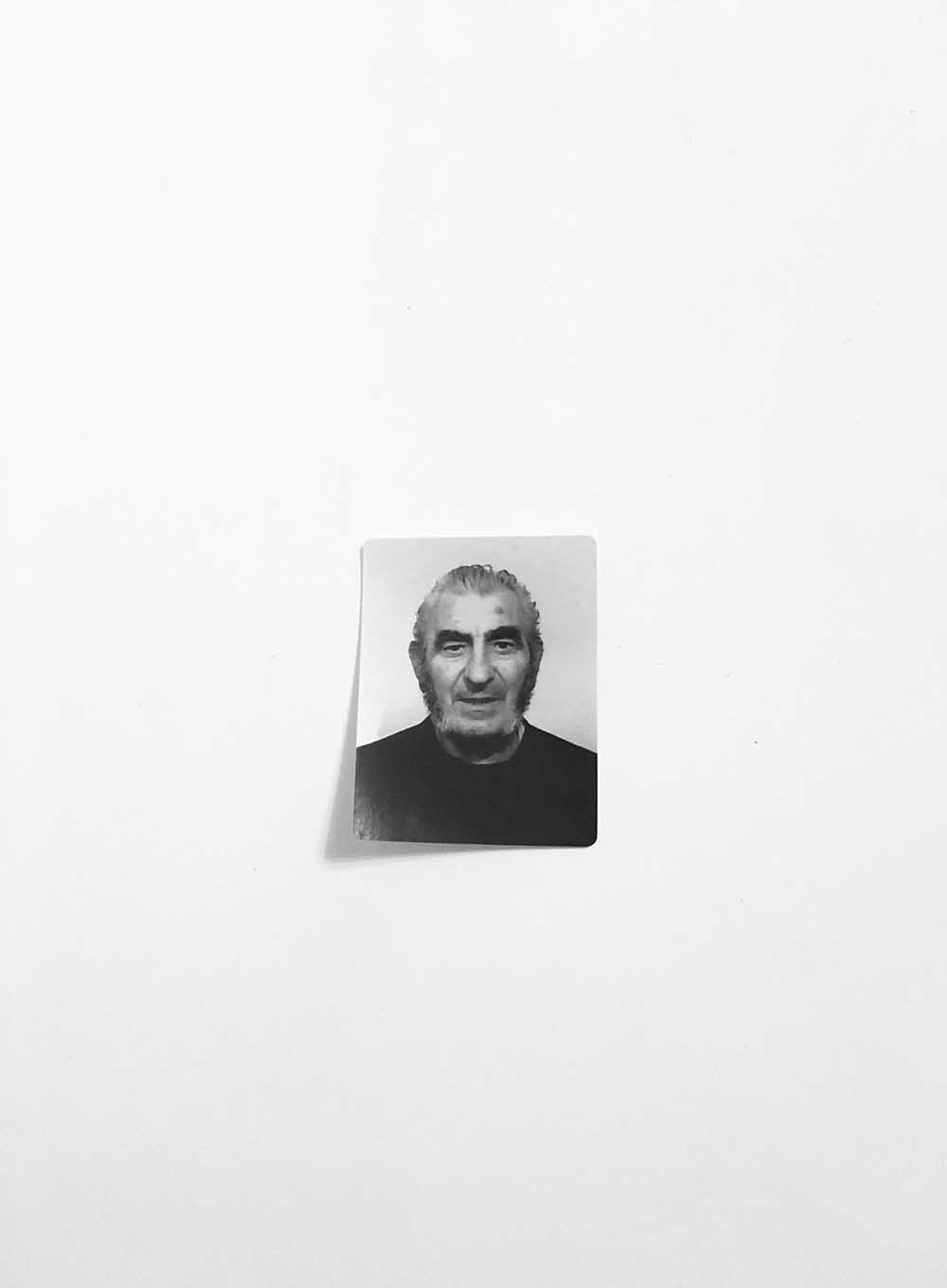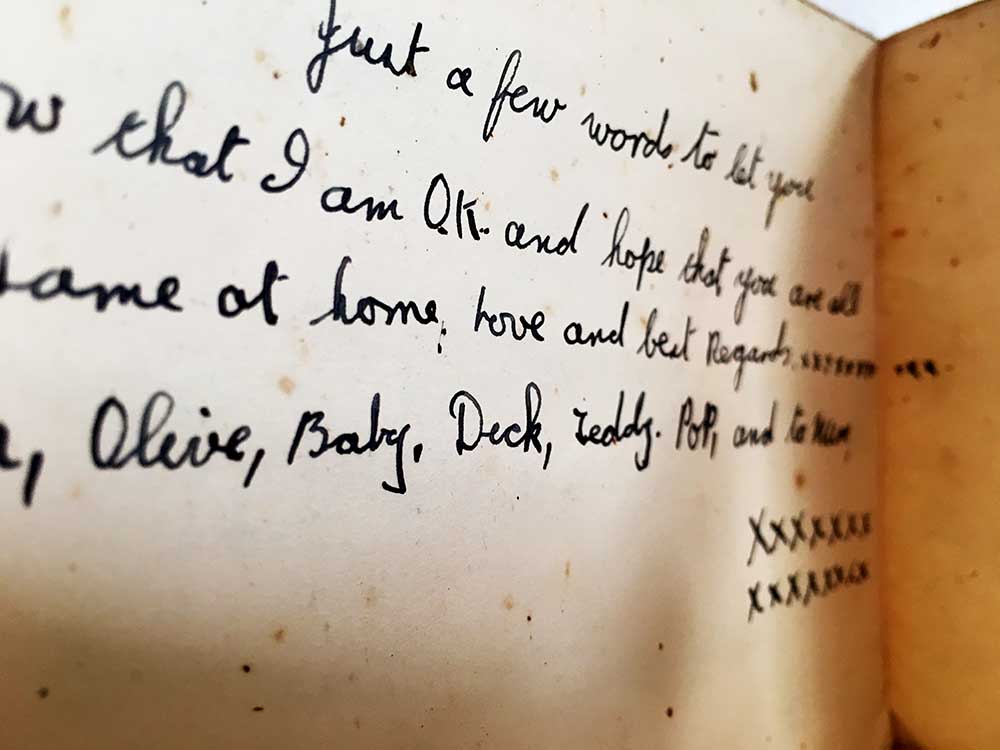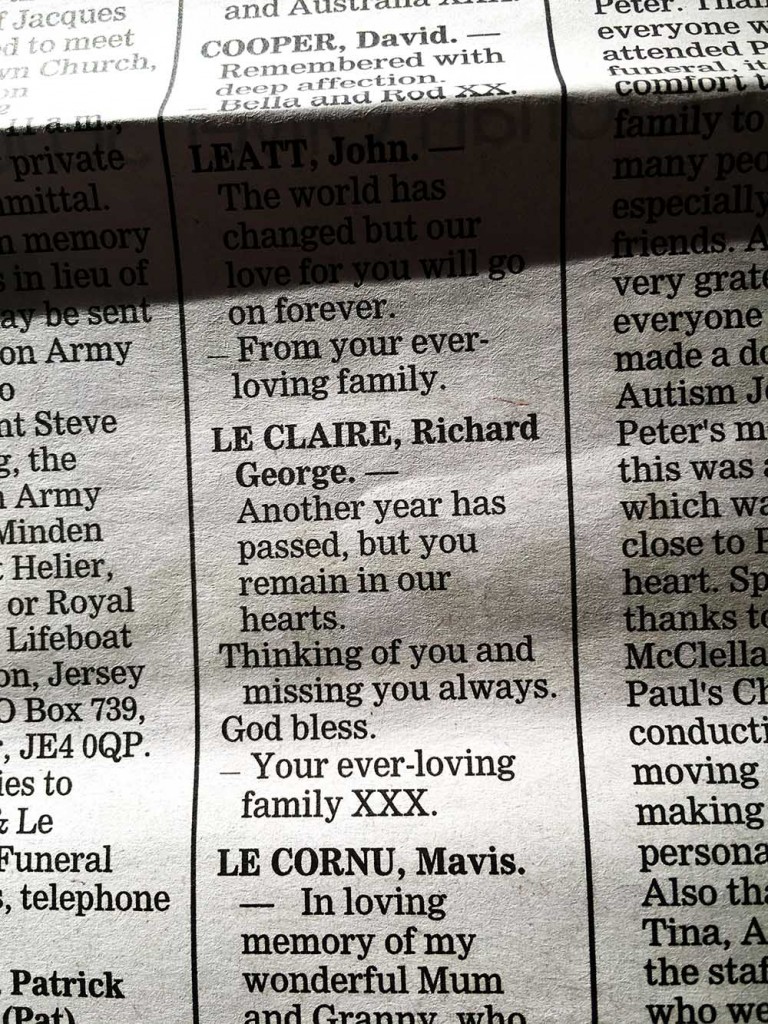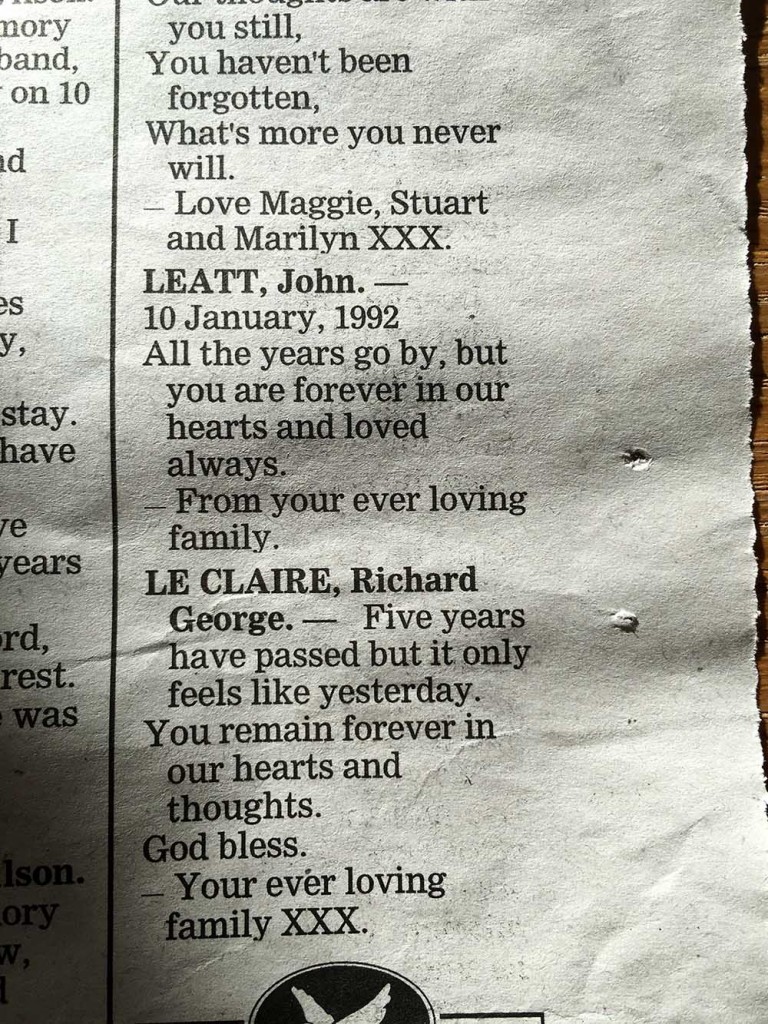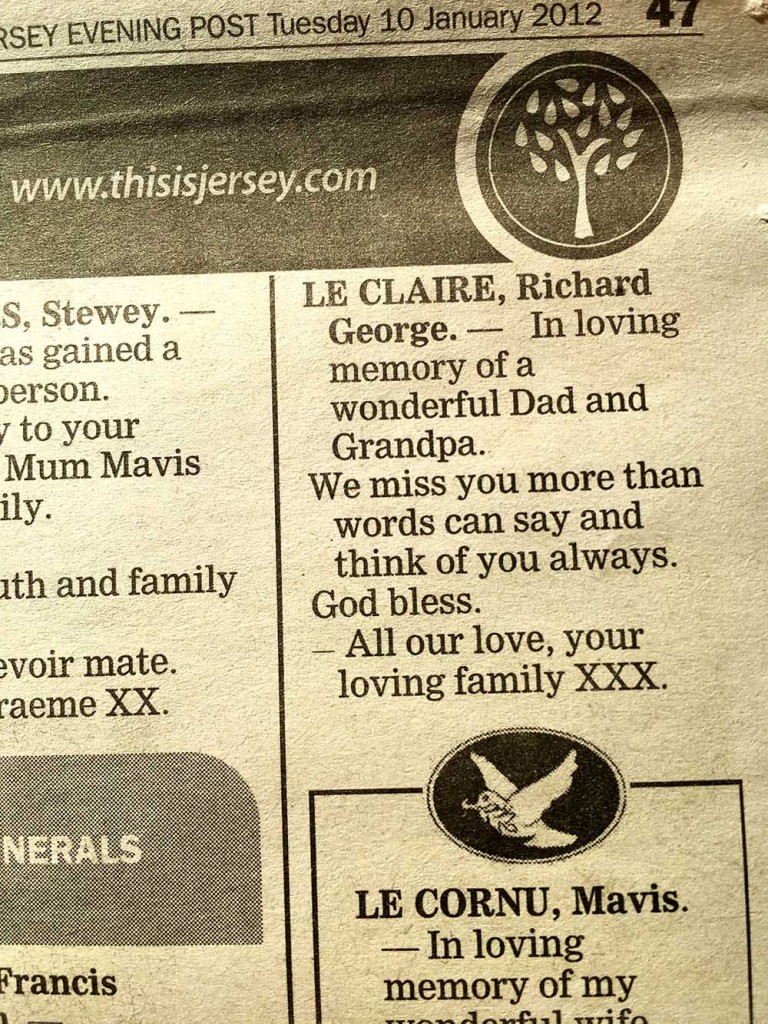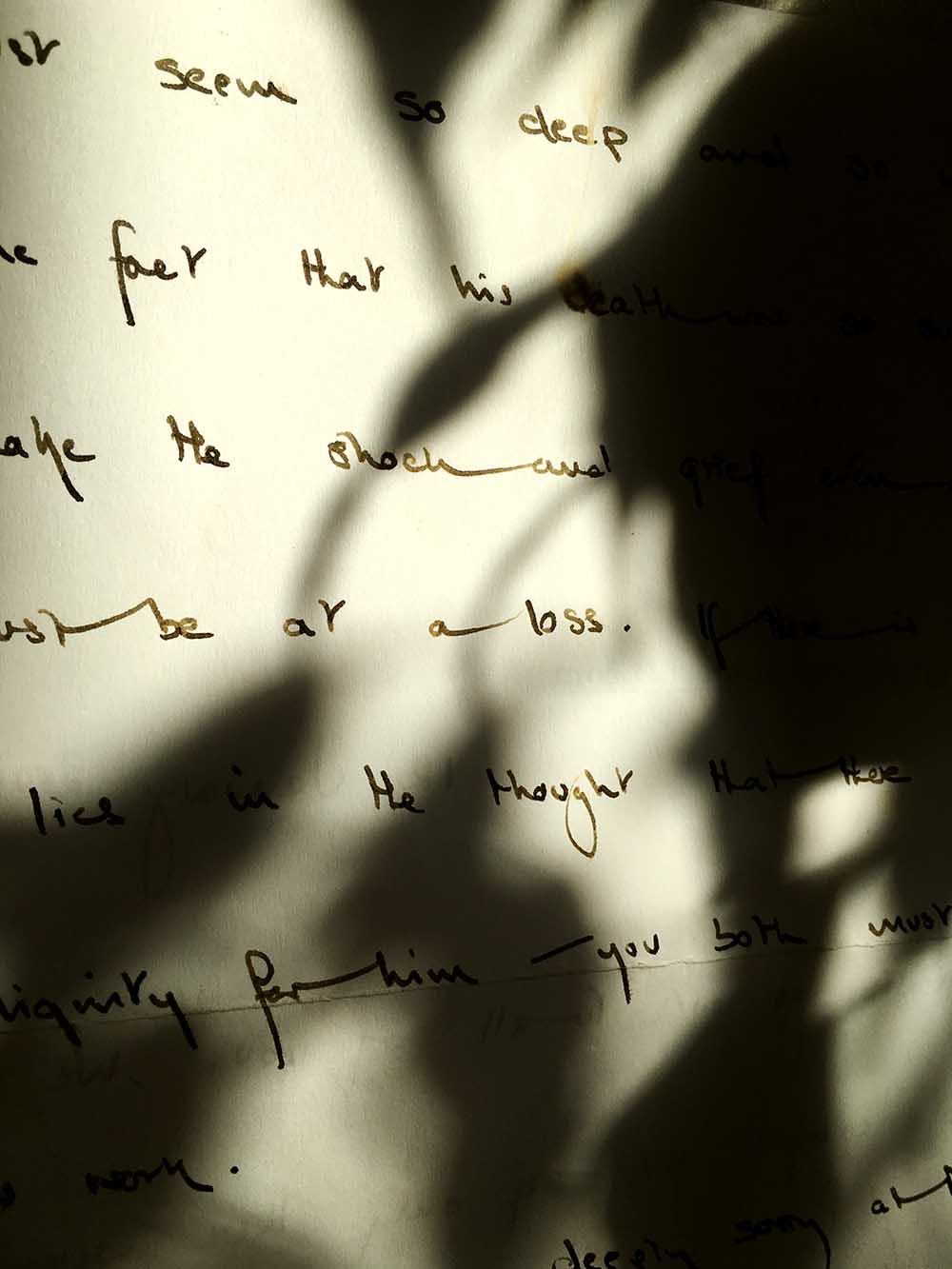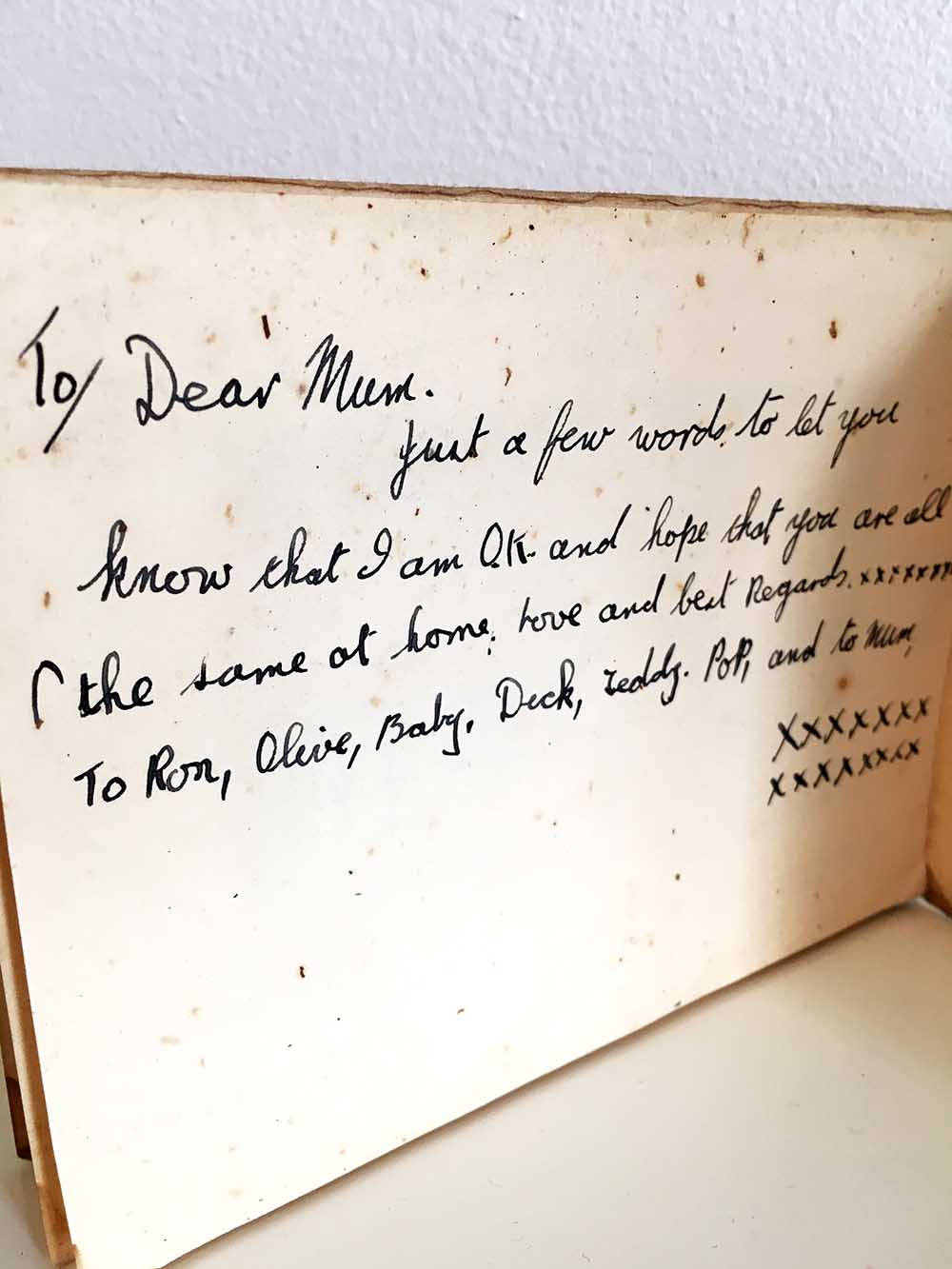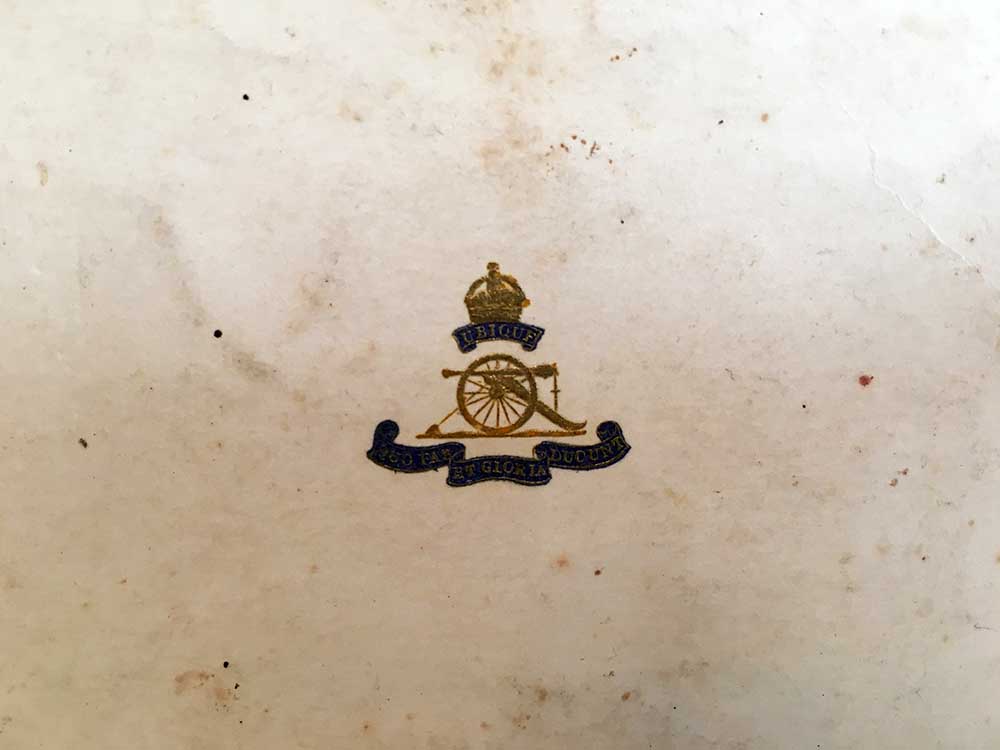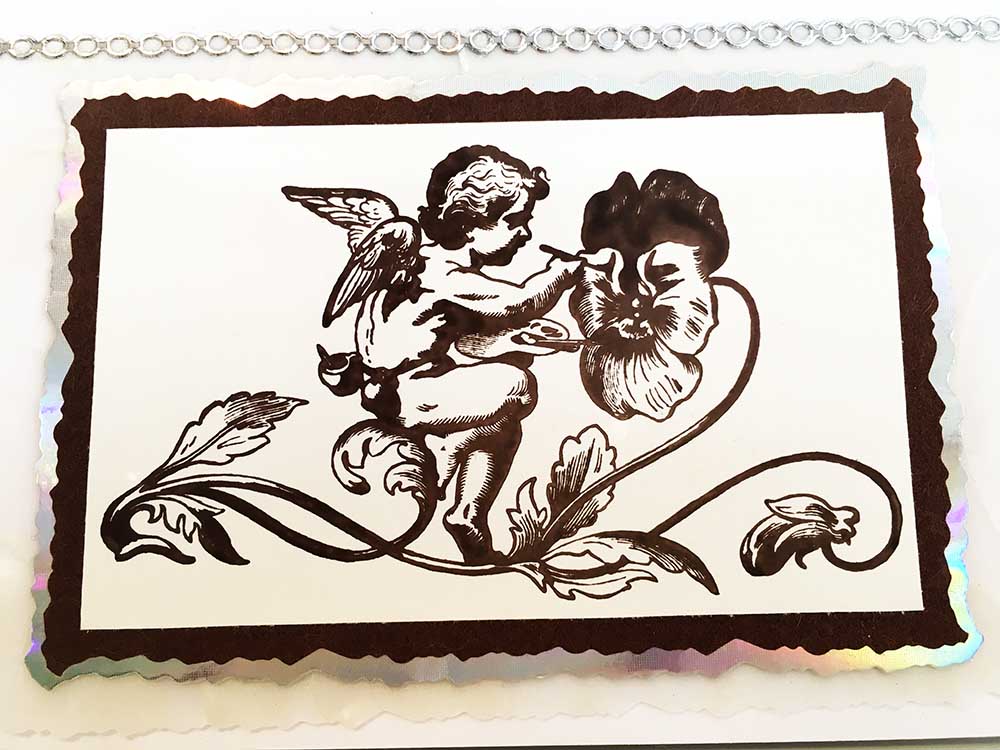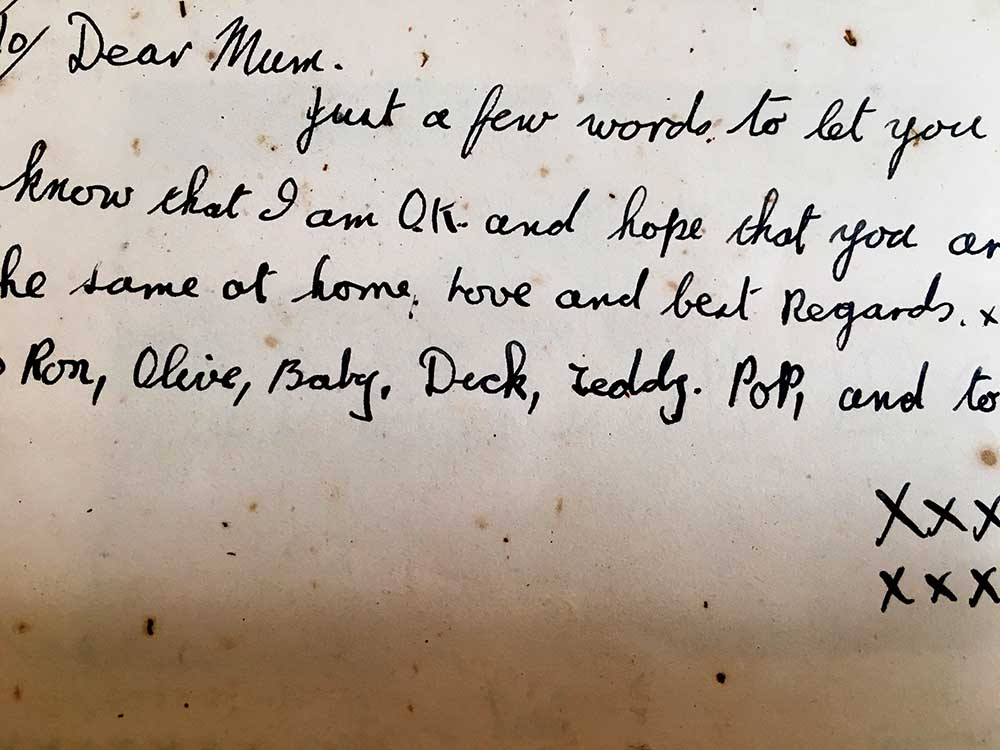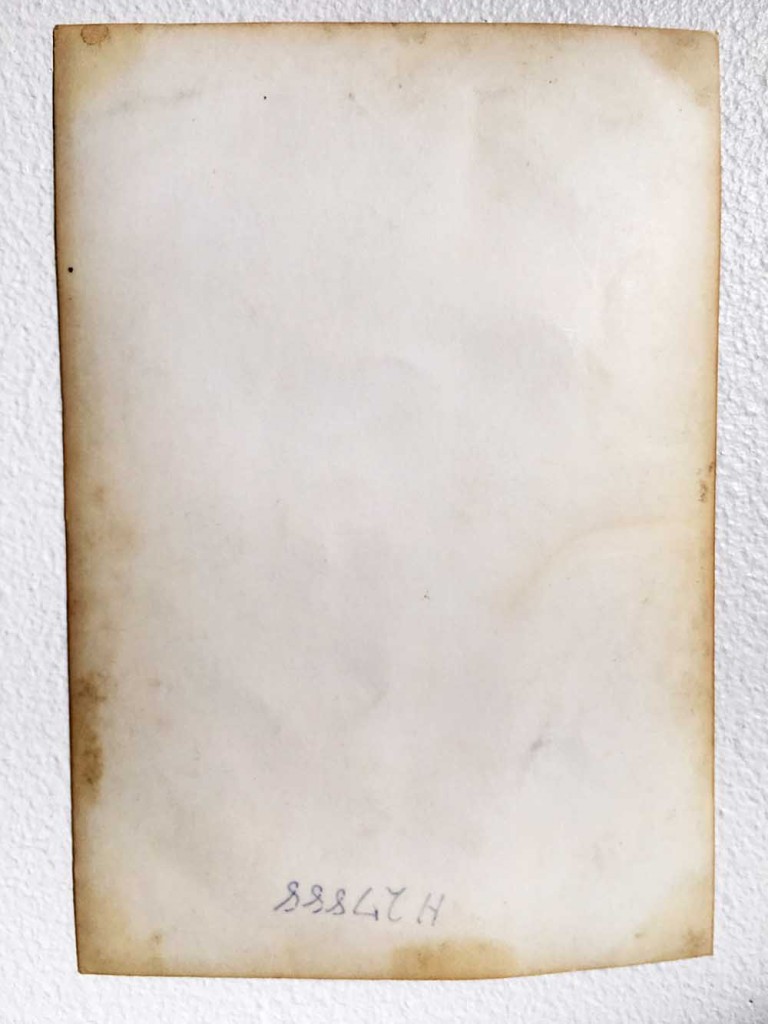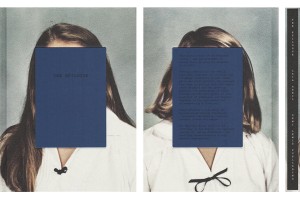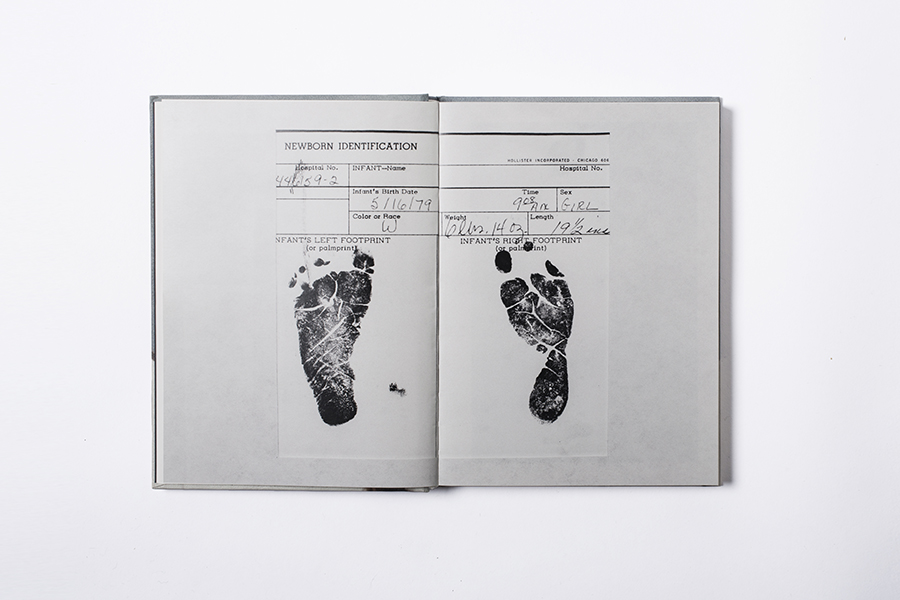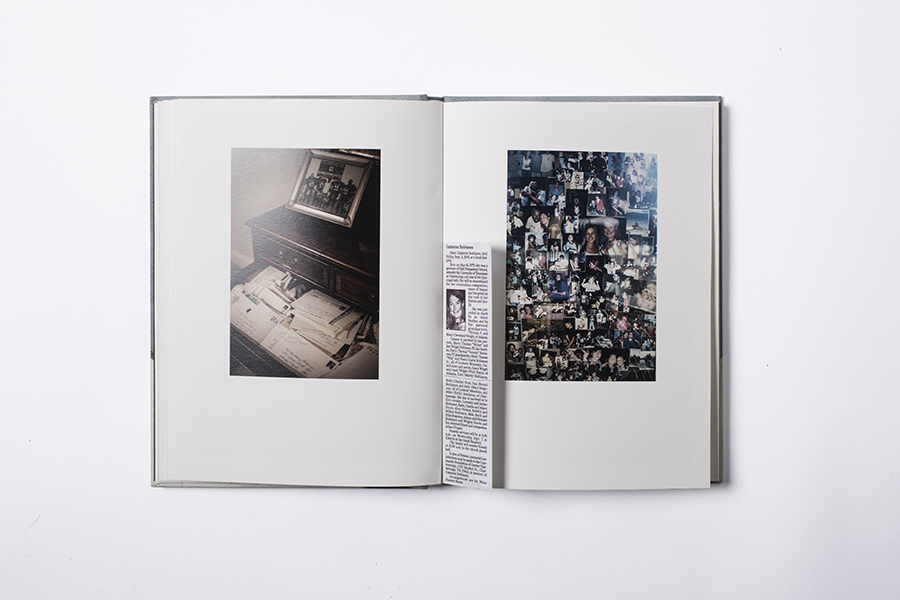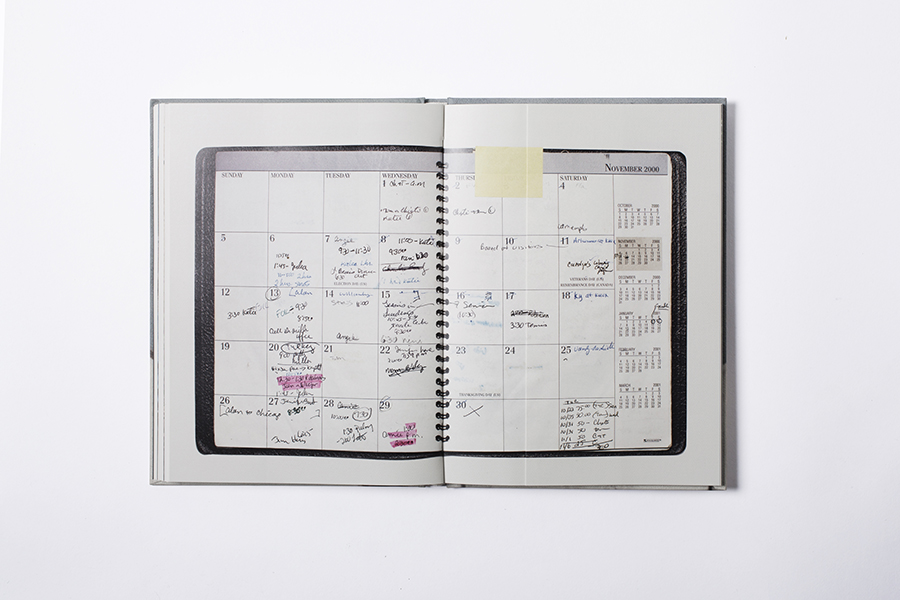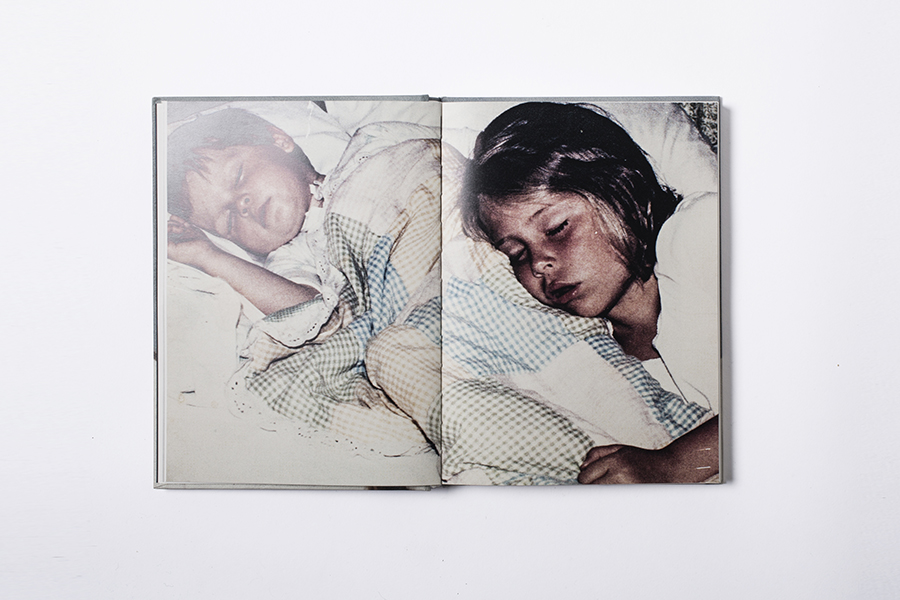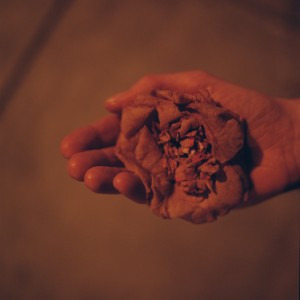The Longest Way Round: Chris Dorley-Brown:
Chris Dorley-Brown creates a visual journey of his family’s history through archival images joined together with new photographs captured since his parents death. The project is an alternative narrative of the course of events that shaped his family’s life. The work investigates personal experiences, memory and identity. It offers an intimate story of a unique view of the world war and the impact on a British family. During World War Two Dorley-Brown’s parents Peter and Brenda had known each other as childhood friends for many years. Peter who was 19 at the time, volunteered as a heavy artillery sergeant and managed to survive the Battle of Crete. He also survived four years as a prisoner of war in German camps and a ‘death march’, consisting of more than 500 miles in extreme weather towards the end of the war. At the same time, Brenda has married twice and given birth to one son from each relationship. She traveled to the US in 1945 with her two young sons, however, when he relationship in the US quickly broke down she decided to come back to Britain in 1946, although with only one son, leaving her second child behind with his American father. Peter and Brenda met again in Southern England in 1947 and married. They traveled through Europe in order to visit friends from the wartime and what remained from camps, during a precious time of recovery from the war. Both were dealing with the trauma of their own personal experiences and began to attempt to build a life of normality. ‘The Longest Way Round’ includes lots of wartime letters that reveal what life was like. Dorley-Brown’s images explore the postwar journey of his parents. The purpose of the work is to emphasise the hardship of war and a love story that followed as well as sense of closure for the author’s story.
Personally, I have connected to this project and this particular artist the most compared to others I have studied. This is due to the concept of wanting to find your history and story. My grandfather was a massive influence and part of my mother and grandmother’s life, and in some respects mine as well. However, because I was only eight years old I did not know him as well as I would of wished. I think the project explores the relationship between his mother and father and the love they had for each other but also the difficulty and struggles they found with life before they met. Dorley-Brown uses a lot of archival images which reflect the state of society at the time of war, it shows the individuals lives before they met. I like how there are letters included because it brings about some sort of feeling of personal and closeness. It is like a mini insight.
http://www.theguardian.com/artanddesign/gallery/2015/dec/04/chris-dorley-brown-father-hidden-past-nazis-in-pictures
Still Here: Lydia Goldblatt:
Goldblatt’s project stemmed from the idea to capture the inevitable changes brought about by her elderly father’s looming death. She endeavors to explore perception and the inner experience as much as a physical presence. ‘Still Here’ tells a story of the ever changing being and its constant flux. The offers a concentrated interpretation of mortality, time and love. It traces the indefinable holds that sculpt our individual existence. Goldblatt began photographing her father in 2010. He was 91 years old and his health had been getting worse over the years. She had continued to photograph her parents in their home until her father’s death in 2013. Goldblatt said the experience allowed her to connect with her father, clearly highlighting the invisible bonds of love. The project engages with the nature of shifting time.
“Further down the line, he became more absent than present, but there were points when I’d pick up my camera and it gave him a sense of purpose,”
The work is mainly about the photographer’s family, but it cannot be ignored the highlighting of the nature of life. It presents photographs as a way of opening up an poetic interpretation. The images in the project are a combination of close up shots of the human form, as well as, still lives, portraits and abstracts. A story which has been told with tenderness addresses the delicate issue of growing old with the consideration of the changes we all must face in life. I really enjoyed looking through Goldblatt’s book, I think she has managed to photograph a difficult and personal topic in such an insightful and remarkably beautiful way. She has made the images have a certain effortless feel at the same time as addressing poignant issues. I especially like the close up images because they give you a different perspective. They allow the audience to visually see a unique view which can bring new ideas about as well as connect people with recognising themselves in the image. The book is a true piece of art in my opinion.
http://www.telegraph.co.uk/culture/photography/10312393/Lydia-Goldblatts-Still-Here-an-essay-born-of-the-intimacy-of-family-love.html
http://www.independent.co.uk/arts-entertainment/books/reviews/photography-book-review-still-here-by-lydia-goldblatt-8874246.html

